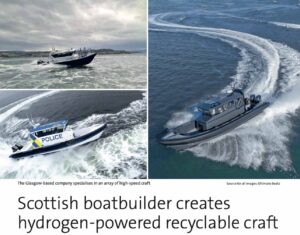The booming demand for Glass Fibre Reinforced Plastics (GFRP) composites across various industries, including aerospace and automotive, is driving significant environmental concerns due to the heavy reliance on glass fibre, a material derived from silica sand. Producing glass fibre is not only resource-intensive but also consumes a substantial amount of energy.
In 2020, the production of 4.9 million metric tonnes of GFRP required an estimated 7.35 to 9.8 million metric tonnes of silica sand. Additionally, the manufacturing process for each metric tonne of GFRP composites used roughly 0.35 to 0.5 metric tonnes of resins and additives and demanded between 2,000 to 3,000 kWh of electrical energy plus 200 to 300 gigajoules of thermal energy. This production resulted in an estimated 10.8 to 12.2 million metric tonnes of CO2 emissions, comparable to the yearly emissions of several small nations, and used approximately 490 million cubic meters of water.
Given the escalating demand for GFRP composites, it is vital to critically assess the environmental impact of their production. While these materials offer significant benefits in terms of strength and lightweight properties, the sustainability of their manufacturing processes needs urgent reconsideration. Both consumers and industries must advocate for and adopt more sustainable, environmentally friendly manufacturing practices to mitigate the extensive ecological footprint of GFRP composites.






